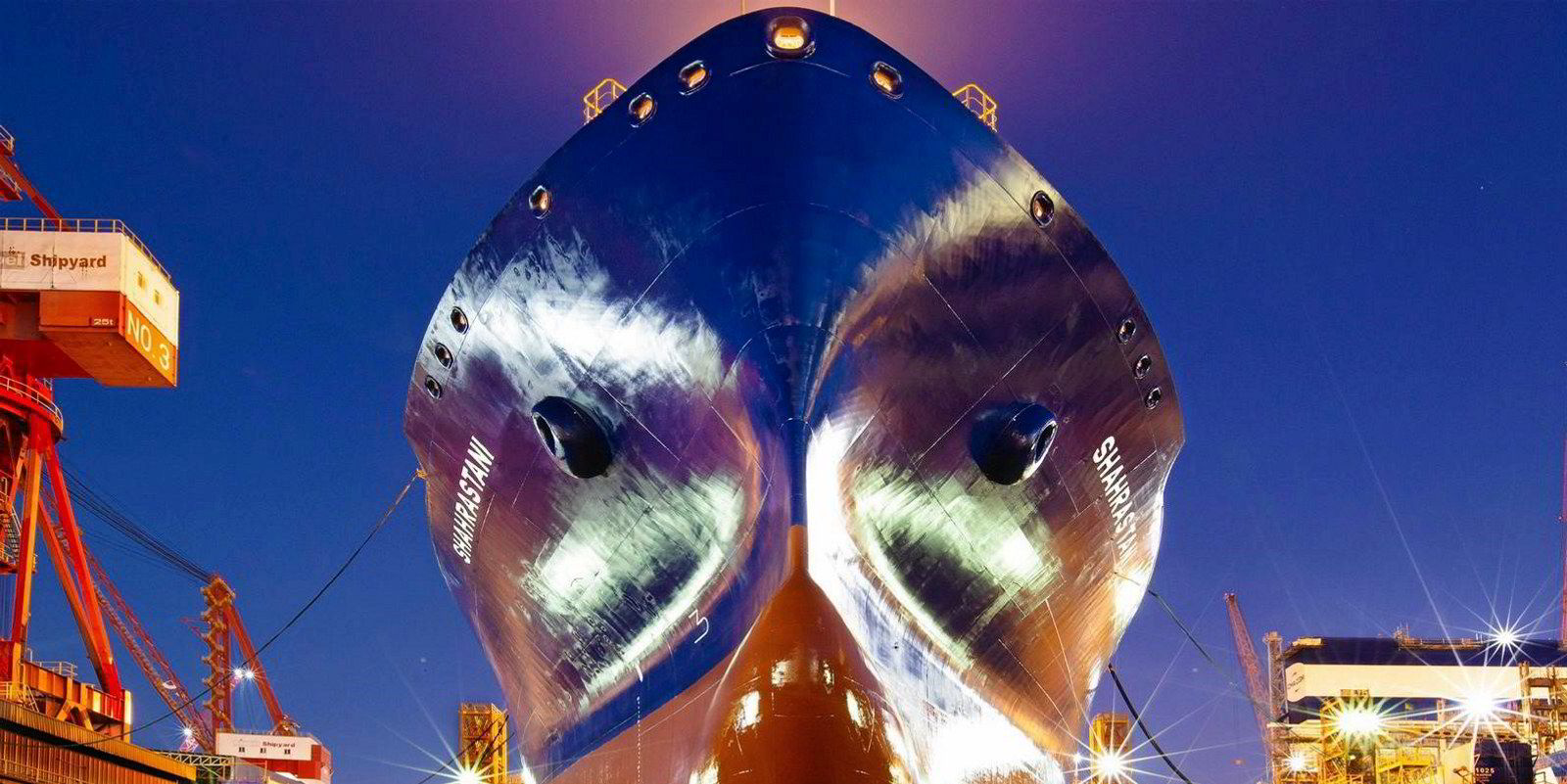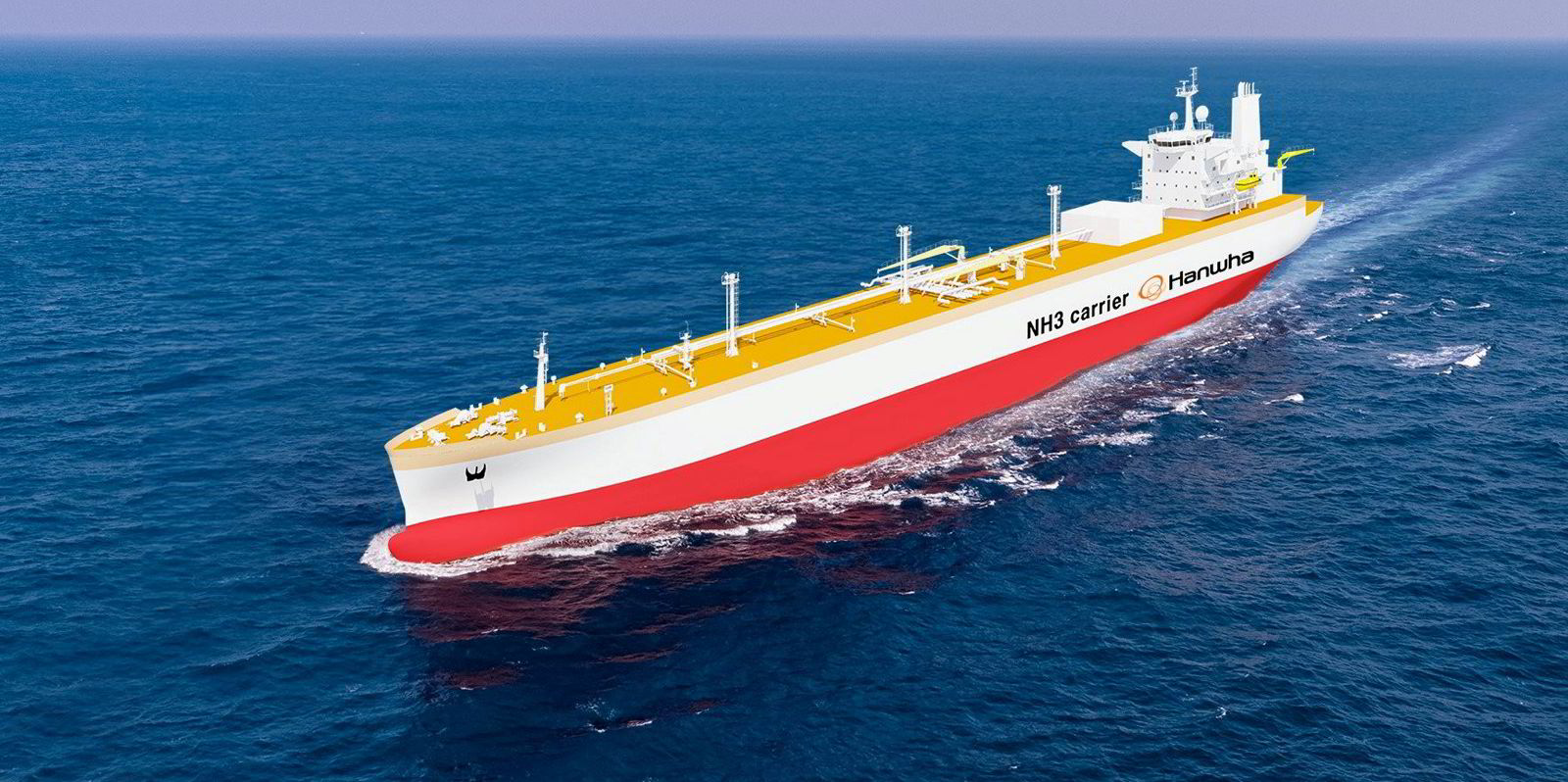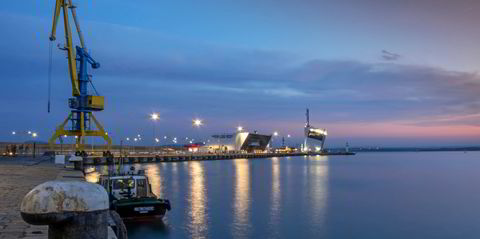The VLGC is dead. Long live the VLAC — or very large ammonia carrier!
A little harsh? It may have some resonance. As one prominent newbuilding broker put it: “The VLGC as an acronym is finished.”
VLACs are essentially VLGCs but designed to carry full cargoes of ammonia.
Since ammonia has a high specific gravity their cargo tanks and hulls need to be reinforced and the vessels will have a deeper draught when fully loaded.
Up until about 14 years ago, some VLGCs could lift ammonia cargoes but this would be at about 80% of the vessel’s carrying capacity.
However, parcel size and trades meant the carriage of ammonia largely became the domain of the midsize gas carriers.
Seemingly out of nowhere, the VLAC has now broken onto the scene and looks set to stay if not take over from the VLGC in all but name.
Newbuilding brokers estimate the additional capital expenditure for a VLAC over a VLGC is about $1m to $1.5m or more, depending on a vessel’s specifications.
One broker described a VLAC as essentially “like a VLGC in a pair of high heels” — his words — adding that owners are likely to choose to add the small amount of extra capex to give them the optionality to trade ammonia in the future.
Blue and green ammonia
The driver is the anticipated rise in the long-haul shipment of ammonia — in particular blue and green volumes — from the US and the Middle East to buyers in Europe and Japan, with the latter also a target for planned production in Australia.
Global ammonia production was about 150m tonnes in 2022, with the bulk of it used for fertilisers. This figure is forecast to double to 300m tonnes by 2030 and mushroom to around 690m tonnes by 2050, of which at least 566m tonnes should be zero-carbon green ammonia.
While green ammonia production may take longer to come onstream at scale, several large blue ammonia projects are already under development.
But industry players point out that production from planned projects may take time to ramp up, so the VLACs on order may need to trade on with LPG until closer to 2028 or beyond before they live up to their name and start shipping full cargoes of ammonia.
- Grey or brown ammonia: Produced from fossil fuels.
- Blue ammonia: Produced using natural gas but with CO2 capture and storage.
- Green ammonia: Produced from hydrogen made through water electrolysis using renewable energy.
Shipbroker Affinity said at least 12 VLAC newbuildings have been contracted to date this year.
Greek shipowner Naftomar is the latest name to back the growing craze for VLACs, paying about $500m for four 93,000-cbm vessels at Hanwha Ocean, which marked the shipbuilder’s return to the gas carrier sector under new ownership.
TradeWinds reported in October that an arm of AP Moller Holding — which is widely understood to be Maersk Tankers — had signed a letter of intent with South Korean shipbuilder Hyundai Samho Heavy Industries to construct up to 10 VLACs. Brokers reported the LoI covers four firm 93,000-cbm vessels and includes options for another quartet plus a further pair.
Raft of enquiries
Most VLAC orders have referenced that the ships are designed to carry LPG and will also be ready to ship ammonia.
None of the vessels contracted to date has been specified with an ammonia dual-fuelled two-stroke engine, as these have yet to be made commercially available. However, it is believed that several have the option to switch to them, and there may also be a retrofitting option from at least one designer.
Brokers are flagging up a raft of fresh incoming enquiries for VLAC newbuildings.
At least two big-name VLGC players were mentioned as in talks on newbuildings, with another midsize gas carrier player also tyre-kicking on available slots.
Delivery slots
There is said to be intense competition for some remaining 2027 delivery slots at HD Hyundai Heavy Industries. Hanwha Ocean is also understood to be in talks on another project.
While some recent orders have homed in on vessels of more than 90,000 cbm in capacity, brokers also pointed out that others — such as those for Capital Gas and Eastern Pacific Shipping — have opted for vessels of around 88,000 cbm.
They added that these slightly smaller capacity vessels will be capable of moving through the old Panama Canal, which could give them potentially greater trading flexibility amid ongoing concerns about the ship traffic constraints for the larger gas carriers trying to access slots in the new locks.








